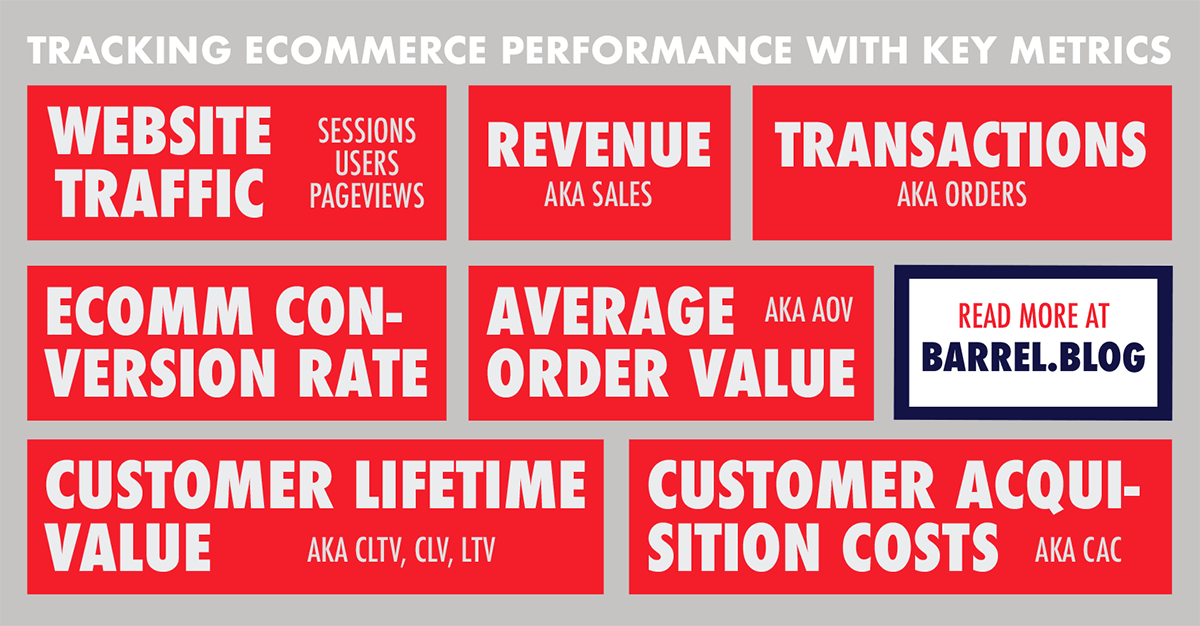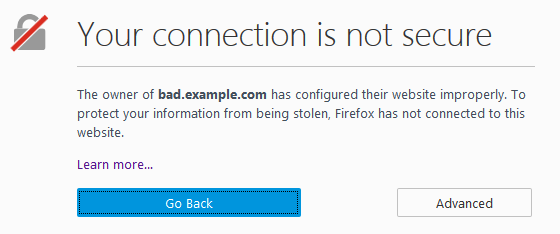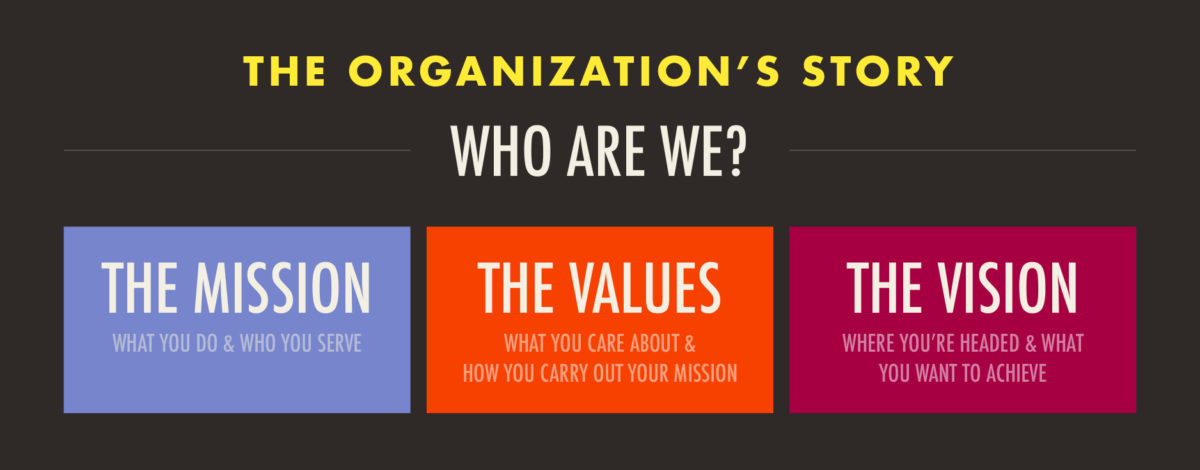We’ve created e-commerce stores of all sizes for brands big and small. In many cases, we recommend Shopify for its flexibility and user-friendly interface. Founded in 2004, Shopify is an e-commerce solution that makes it easy to create and manage an online store. Much like WordPress or squarespace, Shopify themes can be built completely custom or purchased from Shopify’s online theme store. What’s the difference?
A custom theme means that the store is built from scratch and requires coding, essentially you will have full control over how the site will look, feel, and function. This includes design decisions like layout, typography, color, and animations in addition to backend considerations such as how products and product content is managed and organized. When it comes to a pre-made theme, this means that many of these factors have already been determined. There is a level of customization that is available within the theme but any other functional changes not available within the theme by nature will be layered on top of the theme’s existing code.
Continue reading “When to Use a Theme from the Shopify Theme Store”






